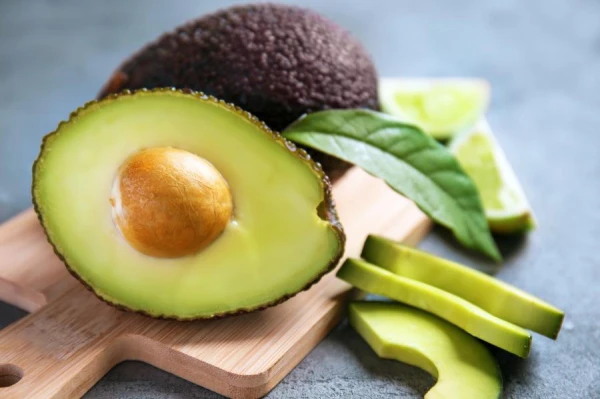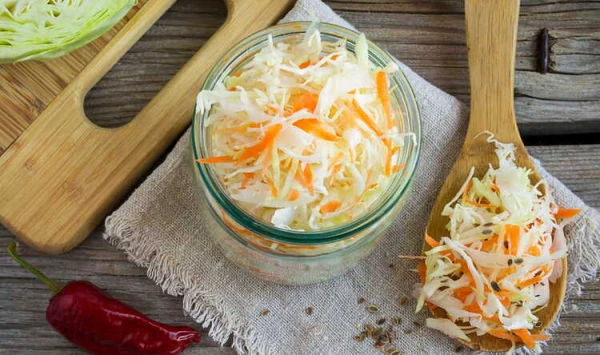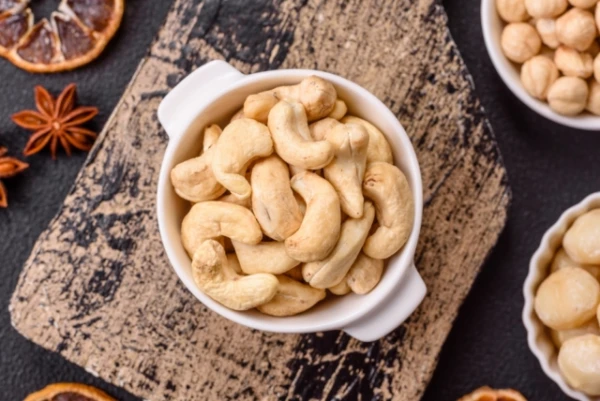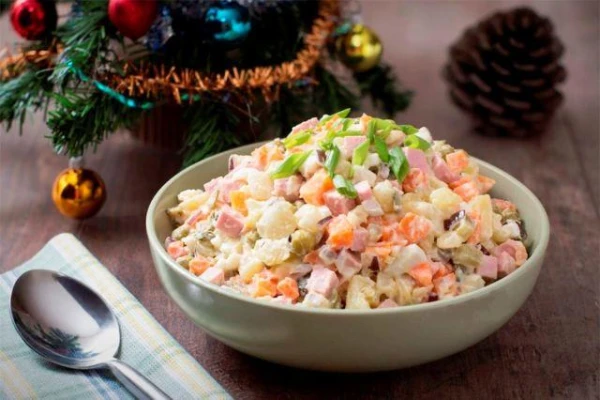
Avocado is quite a capricious product: sometimes too hard, sometimes already soft, and what’s inside is always a surprise. We explain how to properly store avocado so that it ripens and where to keep it.
It is recommended to buy avocados when they are unripe. At home, they will reach the desired softness, while an overripe fruit will have a rancid taste due to spoiled fats.
How to Store Avocado
The place to store avocado depends on its ripeness. Hard fruits should be left to ripen, while ripe or cut avocado should be placed in the refrigerator. We will discuss each storage method in detail.
Where to Store Avocado to Ripen
It is best to leave a whole avocado to ripen at room temperature for 2–3 days. Periodically check its softness: the fruit should be soft but firm. It is recommended to wrap it in paper towels and then place it in a dark, cool place. To speed up the ripening of avocado, you can use a banana or an apple: put all the fruits in a paper bag, make a few holes in it, and place it in a dark place. Once the avocado ripens, transfer it to the refrigerator.
Where to Store Ripe Avocado
To extend the shelf life of ripe avocado, place it in the coldest section of the refrigerator — near the freezer. Avoid proximity to fruits and vegetables that emit ethylene: apples, bananas, potatoes, etc., as they will accelerate the ripening of avocado.
Where to Store Cut Avocado
If the avocado is cut, to prevent it from browning and spoiling, it should be stored in the refrigerator in a well-sealed container, preferably glass. Spray the surface with lemon or lime juice or tightly wrap the avocado in plastic wrap. In any case, if you have cut the avocado, it should be eaten within a couple of days.
How Long Does Avocado Last in the Refrigerator
Unripe avocado can be stored in the refrigerator for up to 2 weeks, during which it will continue to ripen. Before consuming, the fruit should be taken out of the refrigerator and left at room temperature for 1–2 days.
Ripe avocado makes sense to store in the refrigerator for only a couple of days, limiting air exposure with an airtight bag or wrap.
If you use only half of the avocado, the other half with the pit can be stored in the refrigerator for 1–2 days.
Another option for storing avocado after cutting is the freezer. However, experts do not recommend freezing a whole avocado: the pit contains toxins. After thawing, they can enter the flesh and not only affect the taste of the product but also harm the body.
If you have cut and peeled the avocado, it can be stored in halves, as well as cut into pieces or in puree form. It depends on what dish you plan to use the product in.
The simplest way is to freeze avocado halves. To do this, cut it in half lengthwise, remove the pit, and peel off the skin. Next, treat the surface of the halves with lemon juice; otherwise, the avocado may oxidize and darken. Each half should be wrapped in plastic wrap, placed in a bag, and then put in the freezer.
To freeze avocado in pieces, cut it, spray with lemon juice, spread it on a board with space between each piece, wrap in plastic wrap, and place in the freezer for 30–40 minutes. Once frozen, transfer the pieces to an airtight container or a freezer bag.
To make puree, peel the avocado, cut it into pieces, add 1 tbsp of citrus juice per medium avocado, and mash with a fork or blender. The puree can be placed in a bag, flattened, and frozen in a thin layer, or placed in ice cube trays.
It is worth remembering that freezing affects the properties of avocado: the texture will become less silky, and the taste will be muted and acquire bitterness. Such a product is best used in mixed dishes, such as smoothies, soups, ice cream, mousses, and sauces, where avocado will be combined with other ingredients.















Leave a comment